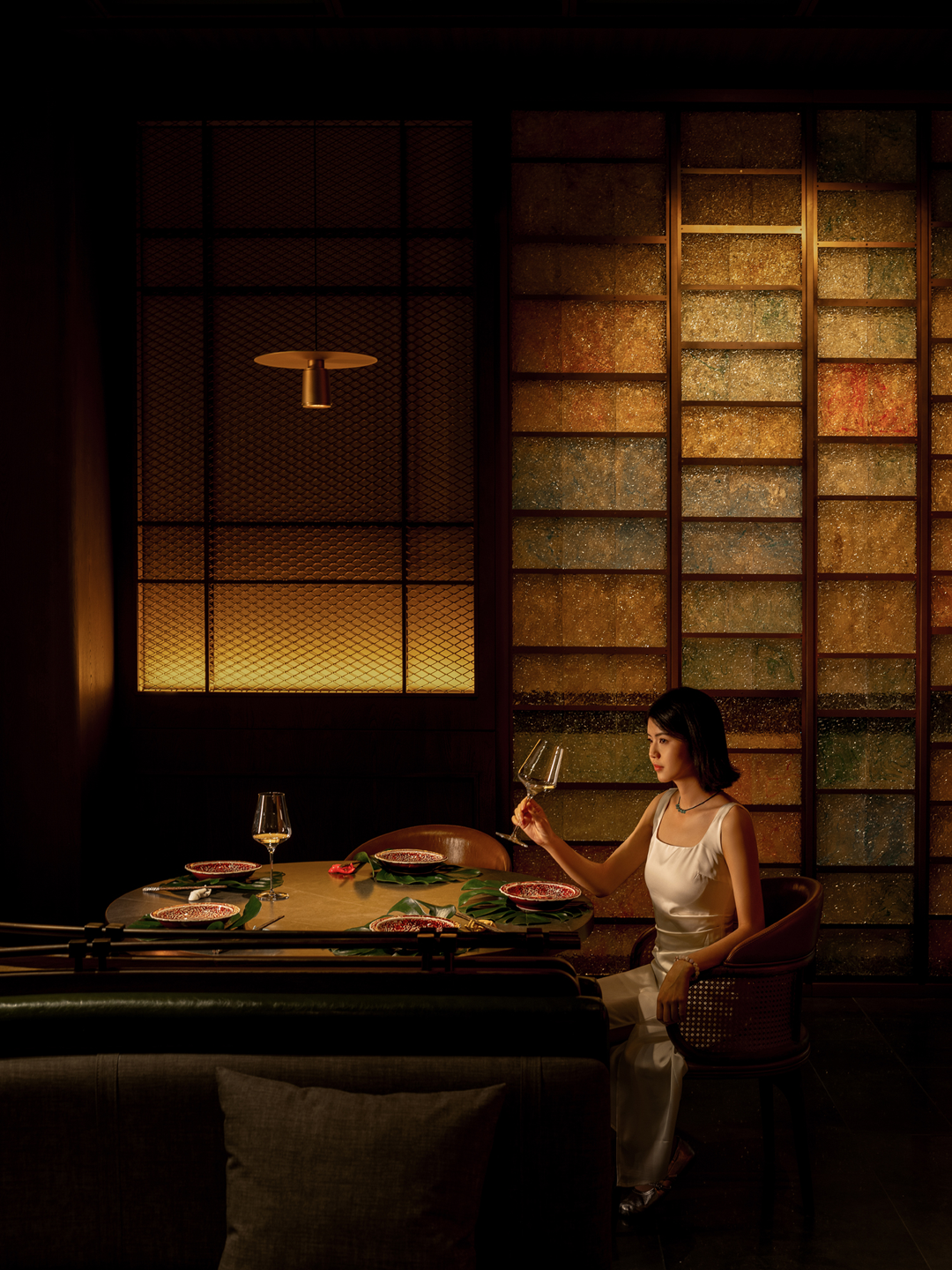Brick Bungalow Addition by MODO Architecture: Open House
2018-09-29 20:04
Architects: MODO – Michael Ong Design Office Project: 1920’s Brick Bungalow Addition / Open House Location: Hawthorn East, Melbourne, Australia Builder: Seventy7 Projects Photography: MODO
建筑师:Modo-MichaelOng设计办公室项目:1920年的Bungalow砖块加盖/开放房屋位置:澳大利亚墨尔本山楂东区:77个项目摄影:Modo
What is Open House? Located in the leafy suburb of Hawthorn East, Open house is an renovation and addition to an existing brick bungalow. The existing house was in great condition, however the rear lean to extension completed in the 1970s has become an awkward living area with a poor connection to the garden. Once in the garden, the constraint of the site geometry becomes apparent, the triangular block compressed towards the back, forming a rather narrow garden, made tighter with a large stand alone shed.
什么是开放的?开放屋位于山楂东部多叶的郊区,是对现有砖房的改造和补充。现有的房子状况很好,但是在20世纪70年代完成的后倾斜延伸已经成为一个尴尬的居住区域,与花园的连接很差。一旦进入花园,场地几何学的约束变得明显,三角形块向后压缩,形成一个相当狭窄的花园,用一个巨大的独立棚把它拉紧。
The client came to us prior to purchasing the house to understand how they could convert this home for family of 4, and importantly a house that not only compliments their lifestyle but one that can enhance their connection between the family, garden and their home.
客户在购买房子之前来到我们这里,了解他们如何为四口之家改造这所房子,更重要的是,这所房子不仅能赞美他们的生活方式,而且还能加强他们在家庭、花园和家庭之间的联系。
Sense of light and air Our understanding of space can be drastically influences by how we bring in air and light. The current extension at the rear has become an obstacle, blocking out the air flow and sadly limiting the northern exposure, resulting in spaces that were dark and that felt small.
光和空气的感觉-我们对空间的理解-会受到我们带来空气和光的方式的巨大影响。目前在后方的延伸已经成为一个障碍,阻塞了空气流动,可悲地限制了北方的暴露,导致空间黑暗,感觉很小。
Value through design We immediately knew the best method to bring value through design would be to remove the lean to. By pulling open the rear facade and changing the relationship the existing spaces had with light and air, we were able to revitalise the existing spaces. Creating rooms that are brighter, which as a result made spaces that felt and function bigger.
我们立即意识到,通过设计带来价值的最好方法是消除对设计的依赖。通过打开后立面和改变现有空间与光和空气的关系,我们能够振兴现有空间。创造更明亮的房间,从而使空间感觉和功能更大。
Proportion in design Our client understood the value of create an architectural response that was simple, minimal and deliberate. We purposely pared back the building form and materials, to allow the proportions of the house stand clear. The slender wide windows allow the house to frame a panoramic view of the garden, this long rectangular view was carefully detailed to widen the perspective of the garden. Creating an optical illusion of making the garden itself feel wider then it actually is.
在设计中,我们的客户理解创建一个简单、最小和深思熟虑的体系结构响应的价值。我们故意削减建筑的形式和材料,使房屋的比例变得清晰。细长的宽窗让房子可以看到花园的全景,这个长方形的视图被仔细地描绘,以拓宽花园的视野。创造一种使花园本身感觉比实际更宽的视觉错觉。
The three sliding doors, can then be slid away into the fixed pane to the side, instantly opening up the entire house into the exterior. The deep timber surround around the windows can then be used as an inviting seat bringing the family out into the garden, while the top eave acts as a sun shade to block out the northern sun while still letting in the winter light.
这三个滑动门,然后可以滑到固定的窗格到侧面,立即打开整个房子的外部。围绕在窗户周围的深木可以作为一个诱人的座位,把家人带到花园里,而顶部的屋檐在遮挡北方的阳光的同时,还能让冬天的光线进来。
Building less but building better Rather then simply adding more to the original house, we looked at what we could do within the original and raise the question, how much space is actually needed to fulfil the functions of the brief?
少建而建好,而不是简单地给原来的房子增加更多,我们研究了我们可以在原来的范围内做些什么,并提出了一个问题,到底需要多少空间才能完成简报的功能?
Firstly, by removing the rear lean to and opening up the northern facade, we were able to flood the existing living areas with much more light and air, instantly making it feel larger and more functional. Our focus then became on the finer details, based around material selection, construction method, integrated joinery and lighting. Ultimately we were able to reduce the overall floor area of the house, while adding in more light, air, function and liveability.
首先,通过拆除后倾斜和打开北面,我们能够使现有的生活区域充满更多的光线和空气,立即使它感觉更大,更实用。然后,我们的重点变成了更精细的细节,围绕材料的选择,施工方法,综合细木工和照明。最终,我们能够减少房屋的整体面积,同时增加更多的光线、空气、功能和可居住性。
A common misconception is real estate is bigger is better, here we challenge this notion and design a house which is smaller then the original dwelling but one that provides more function and vitality than the original dwelling. Through a thoughtful and analytical design process we were able to make every space work efficiently and effectively, while maintaining flexibility for the growing needs of a young family of four.
一个常见的误解是房地产越大越好,在这里我们挑战这个概念,设计一个比原来的住宅更小但比原来的住宅提供更多功能和活力的房子。通过经过深思熟虑和分析的设计过程,我们能够使每个空间高效有效地工作,同时保持灵活性,满足一个四口之家日益增长的需求。
 举报
举报
别默默的看了,快登录帮我评论一下吧!:)
注册
登录
更多评论
相关文章
-

描边风设计中,最容易犯的8种问题分析
2018年走过了四分之一,LOGO设计趋势也清晰了LOGO设计
-

描边风设计中,最容易犯的8种问题分析
2018年走过了四分之一,LOGO设计趋势也清晰了LOGO设计
-

描边风设计中,最容易犯的8种问题分析
2018年走过了四分之一,LOGO设计趋势也清晰了LOGO设计
















































